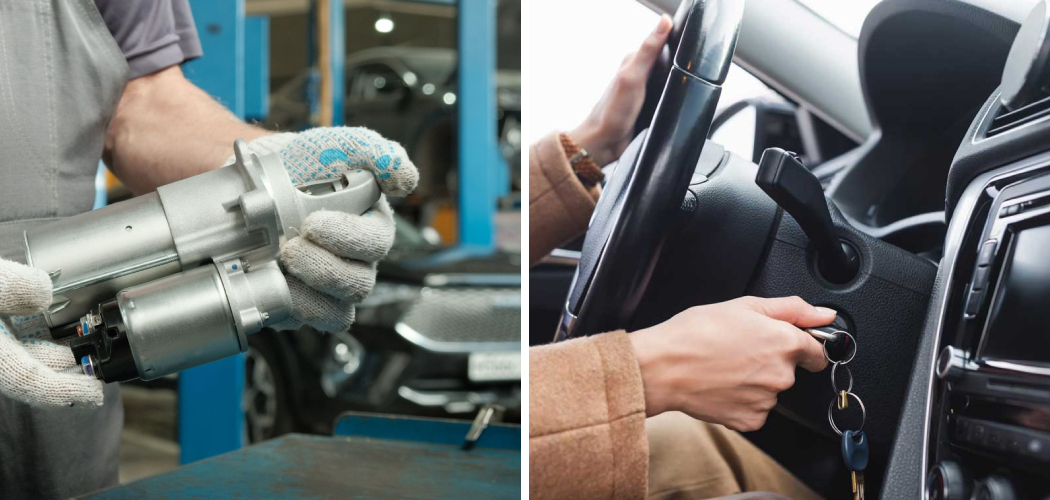Are you tired of dealing with a faulty starting system that leaves you stranded at the worst possible times? Finding yourself stuck in the parking lot after a long day of work or on a deserted road in the middle of the night is not only frustrating but can also be dangerous. We understand the frustrations that come with a starting system fault, which is why we have put together this comprehensive guide to help you fix this common issue.
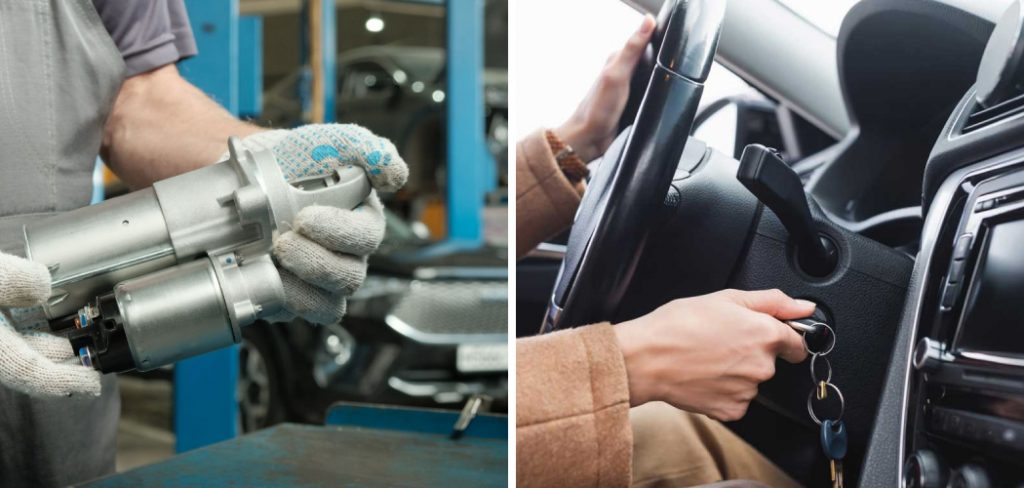
Whether you are a car enthusiast looking to troubleshoot the problem yourself or just a regular driver in need of some expert advice, this post on how to fix starting system fault will provide you with helpful tips and insights on how to diagnose and fix starting system faults. So, let’s roll up our sleeves and get ready to tackle this problem head-on, so you can get back on the road with confidence!
Why Does a Starting System Fault Occur?
Before we dive into the solutions, let’s first understand why starting system faults occur in the first place. The starting system is responsible for getting your car’s engine running, and any issue with it can prevent your vehicle from starting. There are a few common reasons why a starting system fault may occur:
Dead Battery:
A dead or weak battery is the most common cause of a starting system fault. Over time, batteries lose their charge and become less efficient at powering your car’s electrical components.
Faulty Starter Motor:
The starter motor is responsible for turning the engine over, and if it fails or malfunctions, it can prevent your vehicle from starting.
Ignition Switch Issues:
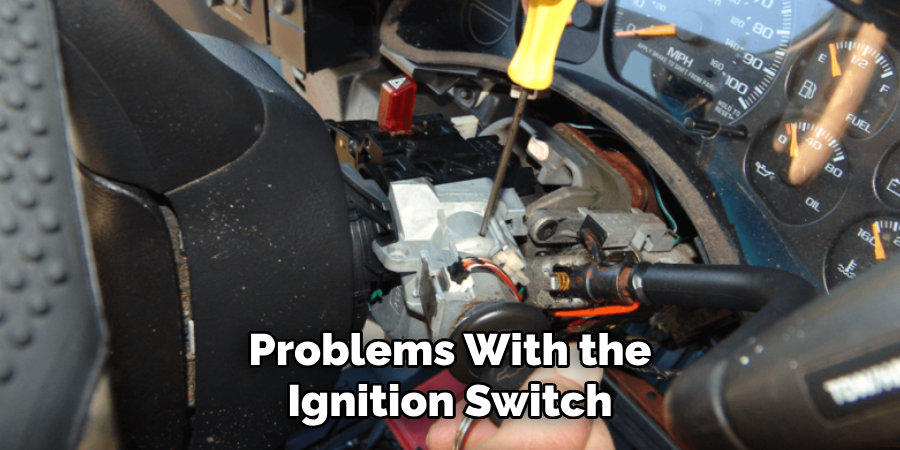
Problems with the ignition switch, such as a worn-out key or faulty wiring, can also cause starting system faults.
Loose or Corroded Battery Connections:
Loose or corroded battery connections can prevent your car’s electrical system from functioning properly, resulting in a starting system fault.
11 Step-by-step Guidelines on How to Fix Starting System Fault
Step 1: Check the Battery
The first step in fixing a starting system fault is to check your car’s battery. You can do this by using a voltmeter or taking your battery to an auto shop for testing. It’s important to ensure that your battery is fully charged and has no corrosion or damage. But if your battery is dead, you’ll need to replace it with a new one.
Step 2: Inspect the Starter Motor
If your battery is in good condition, the next step is to inspect the starter motor. Look for any signs of damage or wear and tear. If you see any issues, it’s best to replace the starter motor with a new one. You can also test the starter motor by using a multimeter to check its voltage and amperage. It should have a voltage reading of 12.6V and an amperage reading between 70-120 amps.
Step 3: Check the Ignition Switch
If your battery and starter motor are functioning correctly, then the problem may lie with the ignition switch. Inspect the key for any wear or damage. If you have a spare key, try using that to start your car. If the car starts with the spare key, then your original key may be faulty and need to be replaced.
Step 4: Check for Loose or Corroded Battery Connections
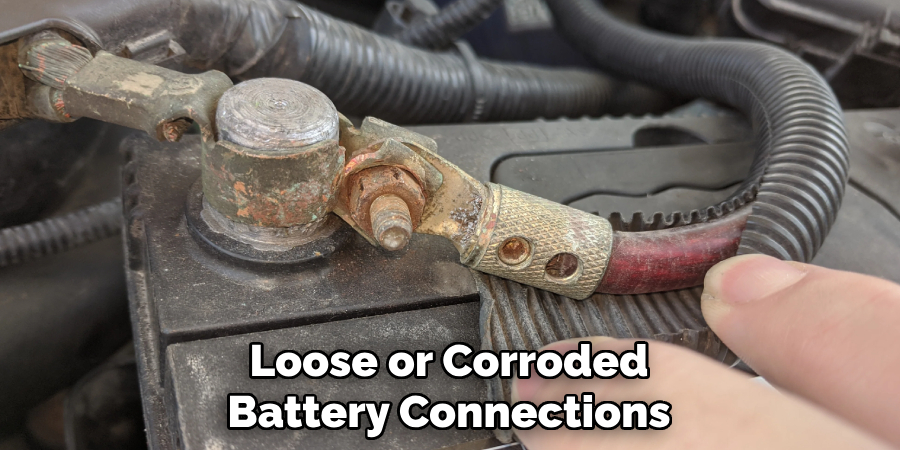
Loose or corroded battery connections can cause starting system faults. Inspect all battery terminals and cables for any signs of corrosion or looseness. If you find any issues, clean the terminals and cables with a wire brush and tighten any loose connections.
Step 5: Check the Starter Solenoid
The starter solenoid is responsible for supplying power to the starter motor. You can test if it’s working properly by using a test light or multimeter. If there is no power going to the starter motor, then the starter solenoid may be faulty and needs to be replaced. The solenoid is typically located on the starter itself.
Step 6: Inspect the Wiring
Check all wiring connections related to the starting system, including ground wires and fuses. Look for any loose or damaged wires that may be causing the fault. If you find any issues, repair or replace them as needed. You can also use a wiring diagram to ensure that all connections are in the correct places. It’s essential to handle wiring with caution as it can be dangerous if not done correctly.
Step 7: Test the Fuel System
In some cases, a starting system fault may be caused by issues with the fuel system. Make sure your car has enough fuel and check for any clogs or leaks in the fuel lines. If everything seems to be in order, you can test the fuel pump and injectors to ensure they are working correctly. But if you suspect an issue with the fuel system, it’s best to take your car to a mechanic for further diagnosis and repairs.
Step 8: Check for Error Codes
Modern vehicles are equipped with onboard diagnostic systems that can help identify any issues. Use a code scanner to check for any error codes related to the starting system. This will provide you with valuable information on what may be causing the fault. It’s best to consult a mechanic if you are not familiar with error codes and how to interpret them.

Step 9: Inspect the Alternator
The alternator is responsible for charging your car’s battery while it’s running. If your alternator is faulty, it can cause starting system issues. You can test the alternator using a voltmeter to check its voltage output. It should have a reading of around 14V when the car is running. If not, your alternator may need to be replaced.
Step 10: Try Jumpstarting Your Car
If you’re in a pinch and need to get your car started quickly, you can try jumpstarting it with another vehicle or a portable jump starter. This will provide a temporary fix for the starting system fault, but it’s important to address the underlying issue. It’s also crucial to follow proper safety precautions when jumpstarting a car.
Step 11: Consult a Professional Mechanic
If you’ve exhausted all the steps above and your car still won’t start, it’s time to consult a professional mechanic. A starting system fault can be caused by various issues, and an experienced mechanic will be able to diagnose and fix the problem efficiently. It’s always best to seek professional help if you’re unsure of how to fix the starting system fault yourself.
By following these step-by-step guidelines on how to fix starting system fault, you can effectively troubleshoot and fix a starting system fault in your car. Remember to always prioritize safety when working with your vehicle and seek professional help if needed. Maintaining your car’s starting system will ensure that it runs smoothly and reliably, preventing any unexpected issues from arising.
Frequently Asked Questions
Q1: What is a Starting System Fault?
A1: A starting system fault is an issue that prevents your car from starting. It can be caused by various factors, such as a dead battery, faulty starter motor, or damaged wiring. It’s important to address this issue promptly to avoid any further complications.
Q2: Can I Fix a Starting System Fault Myself?
A2: It is possible to fix a starting system fault yourself, but it’s essential to have some knowledge and experience in car repairs. If you’re not confident in your abilities, it’s best to seek professional help from a mechanic.
Q3: How Often Should I Check My Car’s Starting System?
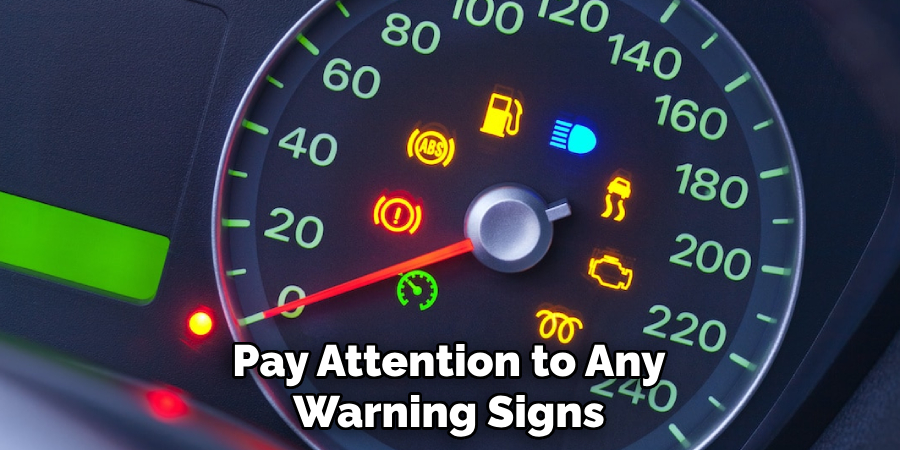
A3: It’s recommended to have your car’s starting system checked regularly, especially during routine maintenance checks. You should also pay attention to any warning signs or changes in your car’s performance that could indicate a potential issue with the starting system.
Q4: What Should I Do if My Car’s Starting System Fails While I’m on the Road?
A4: If your car’s starting system fails while you’re driving, try to safely pull over to the side of the road and follow the steps outlined above. If you cannot get your car started, call for roadside assistance or tow it to a mechanic for repairs. Do not attempt to fix the issue yourself on the side of the road. So, it is important to always have a backup plan in case of emergencies like this.
Keep emergency numbers handy and have a roadside assistance service you can call for help. Overall, being prepared and staying safe is key when dealing with a starting system fault while on the road.
Conclusion
In conclusion, knowing how to fix a starting system fault is crucial for any vehicle owner. With these simple and effective tips, you can save yourself from the frustration and hassle of dealing with a car that won’t start. By following these steps, you can also save yourself time and money by avoiding unnecessary trips to the mechanic. Remember, prevention is always better than cure, so be sure to regularly maintain your vehicle and check for any warning signs of potential starting system issues.
And for those unforeseen circumstances where despite all precautions a fault does occur, don’t panic or stress – you now have the knowledge and know-how to troubleshoot and fix it yourself! So go ahead and confidently hit that ignition button because with our tips and tricks on how to fix starting system fault, your vehicle will be up and running in no time.
Thank you for joining us on this journey of learning about fixing starting system faults; we hope it has been informative and helpful. Now, let’s put these tips into action and keep our vehicles running smoothly!

